SAS Course
In-depth exploratory research is carried out by experts to design SAS Course content at ICLP. Our SAS Course Syllabus is developed by expert-level professionals to ensure the best anytime-anywhere training environment. This course will help you gain valuable knowledge and become a skilled expert in the domain. Below you will find the complete SAS Course course details.
Course Highlights
Skills You'll Gain
- SAS environment setup
- Data step programming
- Statistical procedures
- Report generation
- Clinical data analysis
Our Graduates Work At


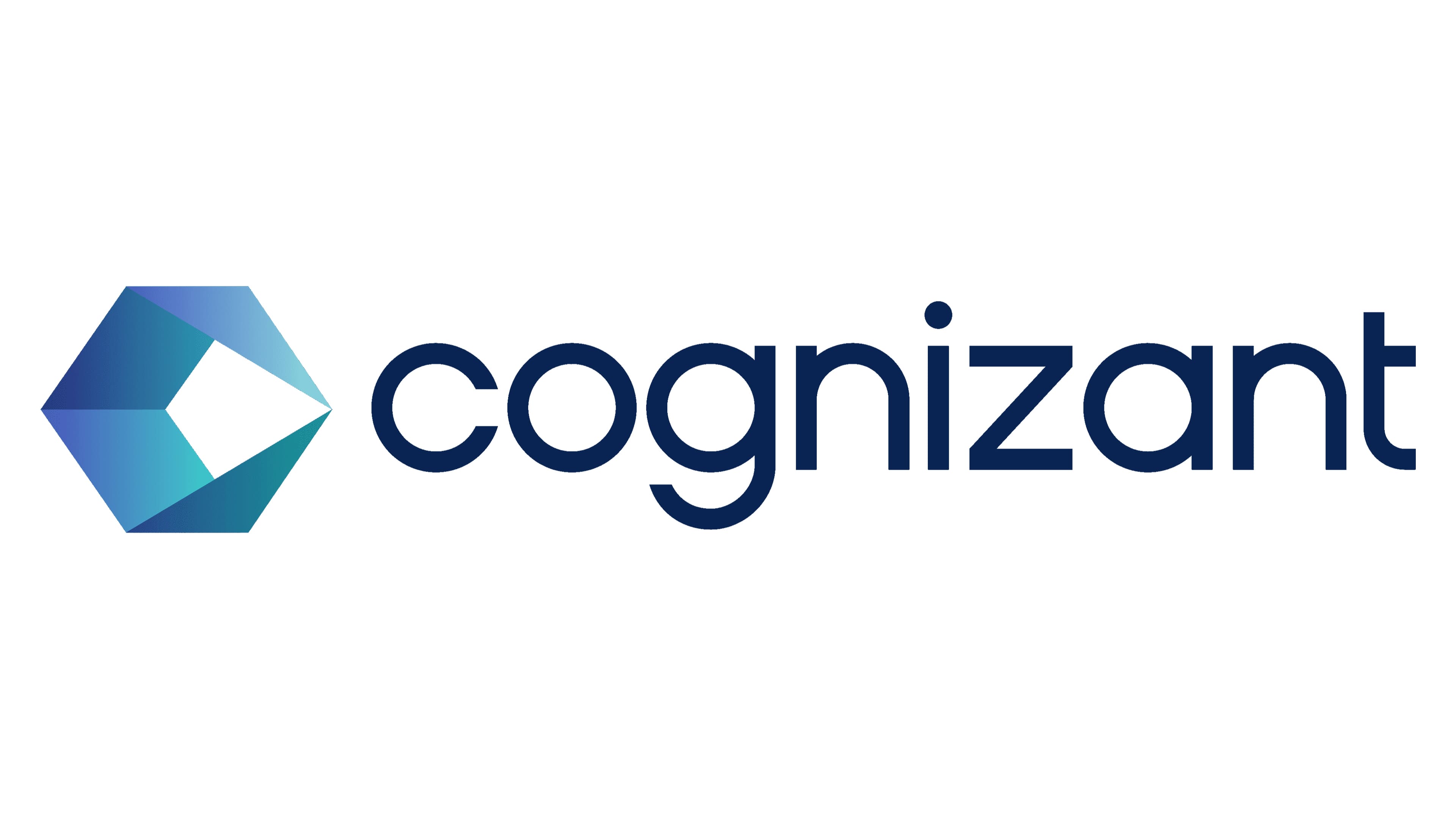
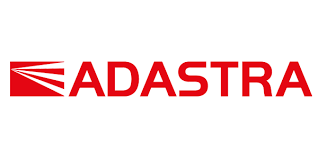

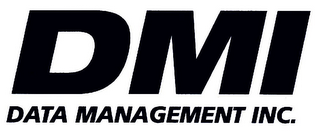
Course Curriculum
- Industries using SAS
- Components of SAS System
- Architecture of SAS system
- Functionality of SAS System
- Introduction of SAS windows
- Functionality of SAS Windows
- Creating and managing SAS Libraries
- Overview of SAS Data states
- Types of Libraries
- Storing files temporarily and permanently
- Referencing SAS files
- Steps to create a SAS dataset
- Creating SAS dataset using text file
- Creating SAS dataset using text file with delimiters
- Creating SAS dataset using structured text file
- Creating SAS dataset using unstructured text file
- Creating SAS dataset using Excel file
- Creating SAS dataset using Access file
- Creating SAS dataset using values inside the code
- Concepts of output delivery system
- How ODS works and viewing output of ODS in different format
- HTML, RTF, PDF etc.
- One-o-one reading
- One to many
- Many to many
- Concatenation
- Interleaving
- Match merge
- Character function
- Numerical function
- Arithmetical function
- Mathematical function
- Date Function
- Do Loop
- Do While
- Do Until
- Definition of array
- Example of array
- Procedure Format
- Procedure Contents
- Procedure Options
- Procedure Append
- Procedure Compare
- Procedure Transpose
- Procedure Print
- Procedure Import
- Procedure Export
- Procedure Datasets
- Procedure Tabulate
- Procedure Chart, Gchart, Gplot
- Procedure Report
- Introduction to graphics
- Types of Graphics (with latest models)
- Defining procedure Graphics
- Generate detail reports by working with a single table, joining tables, or using set operators in the SQL procedure
- Generate summary reports by working with a single table, joining tables, or using set operators in the SQL procedure
- Construct sub-queries and in-line views within an SQL procedure step
- Compare solving a problem using the SQL procedure versus using traditional SAS programming techniques
- Create and use user-defined and automatic macro variables within the SAS Macro Language
- Automate programs by defining and calling macros using the SAS Macro Language
- Understand the use of macro functions
- SAS role in Clinical Research
- What is Clinical trial?
- What is Protocol and role of Protocol in Clinical Research?
- Which is playing main role in Clinical Research?
- Identify the classes of clinical trials data (demographic, lab, baseline, concomitant medication, etc.)
- Identify key CDISC principals and terms
- Describe the structure and purpose of the CDISC SDTM data model
- Describe the structure and purpose of the CDISC ADaM data model
- Describe the contents and purpose of define.xml
- Apply categorization and windowing techniques to clinical trials data
- Transpose SAS data sets
- Apply 'observation carry forward' techniques to clinical trials data (LOCF, BOCF, WOCF)
- Calculate 'change from baseline' results

Have Questions?
Book a free consultation with our experts
ICLP Certification
Earn a recognized credential that validates your technical expertise and opens doors to new career opportunities.
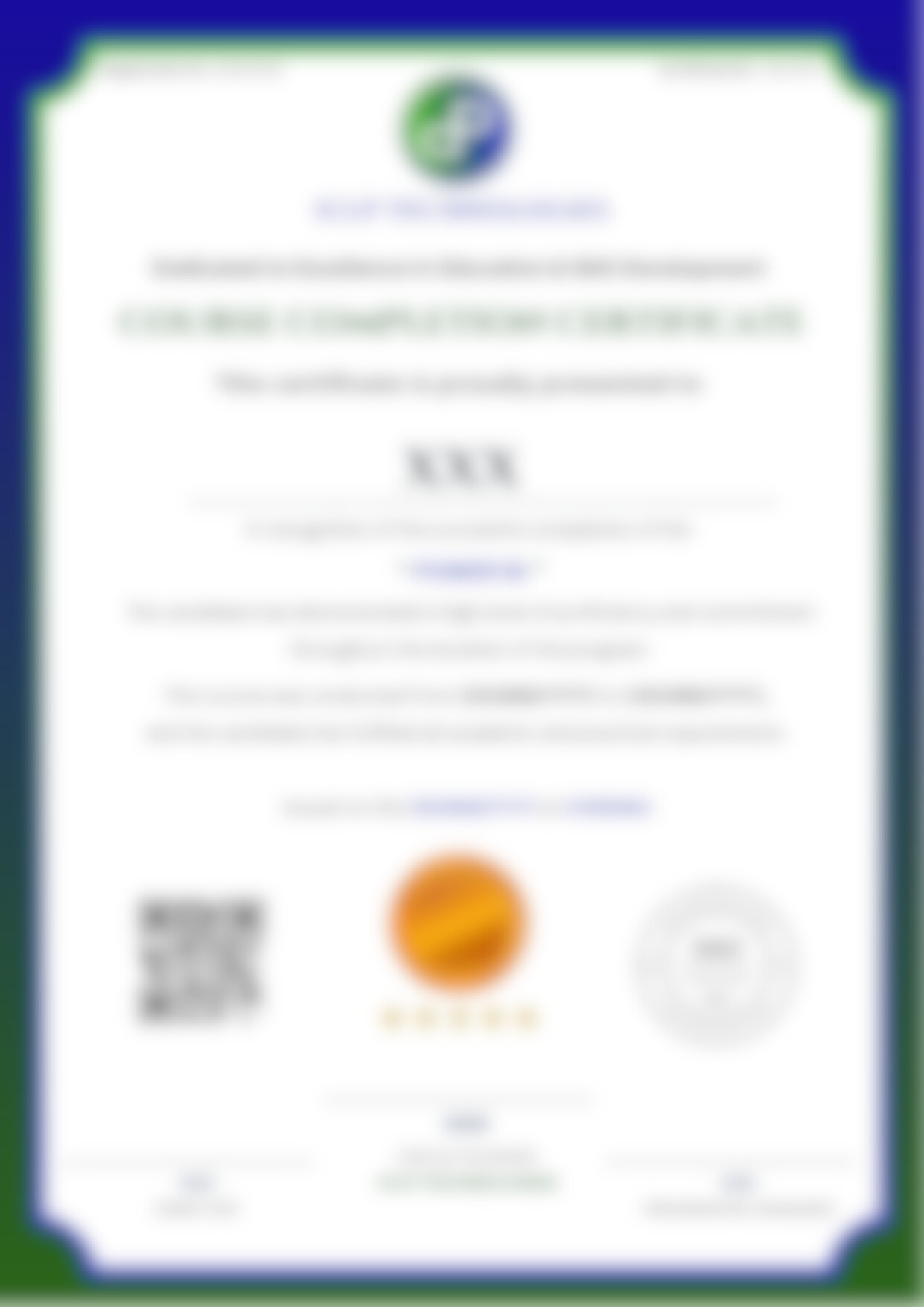
Why Learn SAS Course?
- Understanding SAS software and architecture
- Data manipulation and management
- Output delivery system (ODS)
- Combining and transforming datasets
- Statistical and mathematical functions
- Macro programming
- Clinical research data handling
- CDISC SDTM and ADaM models
- Reporting and visualization
- Advanced SAS topics (Proc SQL, macros)
Our Hiring Partners
Top companies where our graduates work








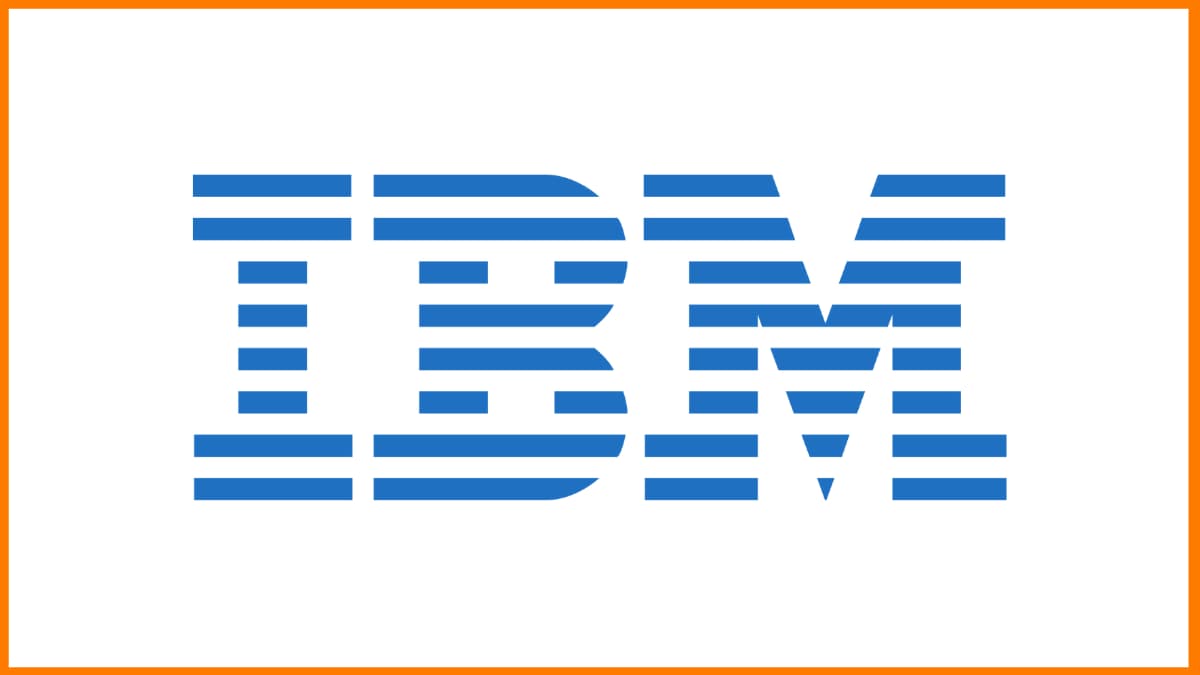

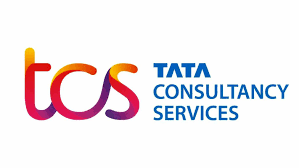

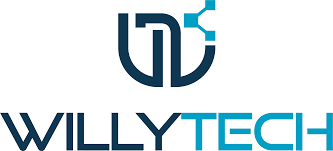
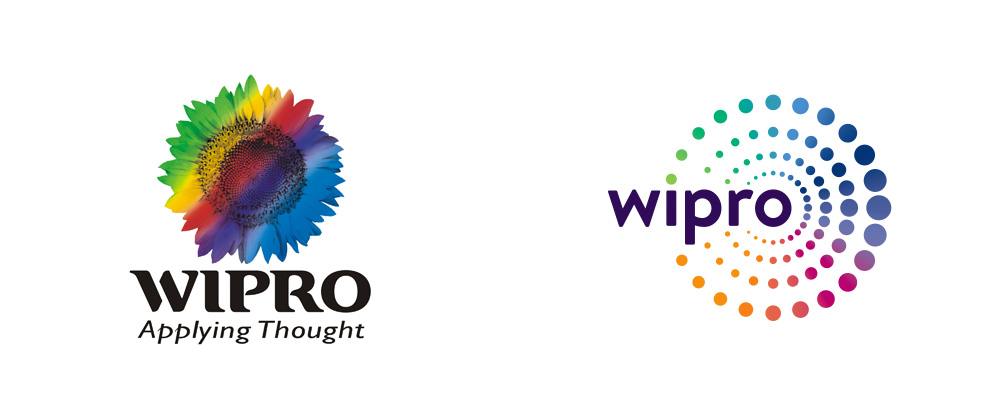
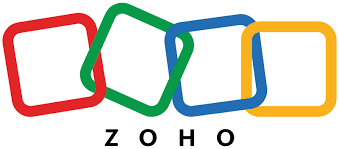
Reviews
Average rating: 4.8/5 (1,000+ learners)
SAS Course FAQs
Find answers to common questions about this course
SAS is used for advanced analytics, business intelligence, data management, and predictive modeling across industries.
Yes, SAS remains dominant in regulated industries like healthcare, finance, and clinical research for its reliability and compliance features.
SAS skills lead to roles like Data Analyst, Clinical Programmer, Business Analyst, and Statistician in various industries.
Basic SAS programming can be learned in 4-6 weeks, while advanced analytics may take 3-6 months.
Base SAS covers fundamentals while Advanced SAS includes macros, SQL, and complex data manipulation techniques.
Ready to Start Your SAS Course Journey?
Limited seats available for the next batch
Explore Our Courses
Discover the perfect course to advance your career


